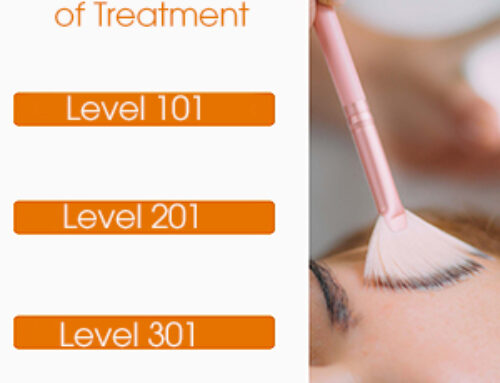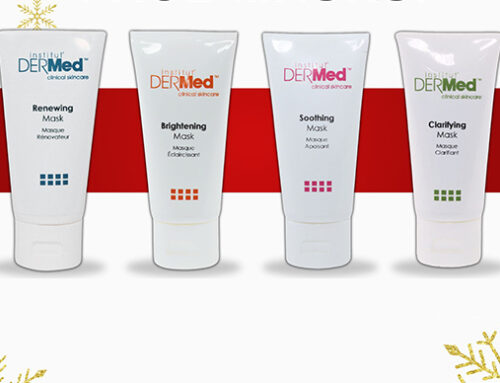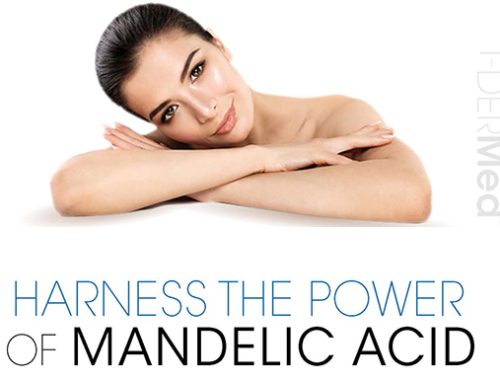 More and more we are becoming aware of the impact of environmental pollutants and the affect they can have on the vital functions of the skin. This can lead to many issues, the most noticeable being wrinkles, dehydration and hyperpigmentation that create the dark spots typically associated with advancing age, and dehydration that can set the stage for acne and other skin breakouts.
More and more we are becoming aware of the impact of environmental pollutants and the affect they can have on the vital functions of the skin. This can lead to many issues, the most noticeable being wrinkles, dehydration and hyperpigmentation that create the dark spots typically associated with advancing age, and dehydration that can set the stage for acne and other skin breakouts.
It is often assumed that skin pollutants are only a problem in large cities with high smog levels, but all of us are exposed to pollutants that are damaging to the skin on a regular basis. Perhaps the most common environmental stressor on the skin is the sun. UV, UVA and IR rays can all damage skin cells. Even when the sun is not shining you can be surrounded by invisible rays. Invisible atomspheric pollutants are present at all hours of the day. Because you can’t see them you don’t even know when you are being exposed to them. Exhaust fumes are a good example of this type of pollutant. Then there’s dust, smoke, debris, pollen and other microscopic material that all travel through the air around us. Even at home you might be exposed to pollutants. Spray pesticides linger in the air for a long time as do most household cleaning sprays.
As we get older our skin cell turnover starts to slow dramatically and our collagen and elastin naturally starts to break down, add some skin stress and our complexion very quickly takes on a dull and tired look. These conditions also give way, seemingly out of nowhere, to skin irratations and other sensitive reactions.
So how do we stop the damage from happening and start to reverse what’s already been done to our skin?
A protective barrier for your skin helps to tackle domestic, atmospheric and UV source stressors and helps to prevent them from wreaking too much havoc on your skin. The lipid layer of your skin is designed to keep moisture in and keep irritants out so when it comes to your skin, how hydrated or dehydrated your skin is and looks depends on holding on to that moisture as much as possible.
Strengthening your skin’s ability to retain moisture is key. Certain ingredients in your skin care products are powerhouse moisture retention aids.
Look for these ingredients in your product choices:
Hyaluronic Acid and Green Tea Extracts in your cleanser will help to prevent dehydration (Renewing Cleanser).
PhytoCellTec™ Symphytum (comfrey stem cells) and Phytic Acid add deep cell hydration that plumps the cells helping to make them look and act lifted and younger. (Instant Radiance Serum)
Superoxide Dismutase (SOD) and Spin Trap proteins help to prevent the water loss that is a side effect of natural aging. (Renewing Moisturizer)
For oily skin Sodium Hyaluronate helps to bind water to the skin’s cells. This ingredient in a moisturizing formulation is like giving oily skin a big drink of water, not oil. (Clarifying Moisturizer)
For people with excessively oily skin conditions that need the benefits of acne fighting ingredients as well as hydration a combination of Pythic Acid, grapefruit peel oil and Ascorbic Acid combined in a serum will hydrate without feeling like you’re adding oil on oil. (Clarifying Matte Fluid)
Rose hip seed oil is a powerful anti-aging tool. It quickly absorbs into the skin replenishing moisture and creates a protective barrier on the skin to help prevent dehydration. (The Enhancing Neck & Décolleté Cream)
Lactic acid is a naturally occurring humectant for the skin helping to keep skin hydrated. As you can imagine body lotion containing this ingredient create a soft, smooth texture you’ll love. (The Enhancing Lactic Hand and Body Lotion)
Shea butter increases cellular hydration & moisture retention. (The Enhancing Protective Cream)
A skin care regimen containing these key ingredients will very effectively boost the moisture levels in your skin. For days when a simple and quick fix is needed try layering on a serum under a moisturizer for double the protection to create beautifully nourished skin.



